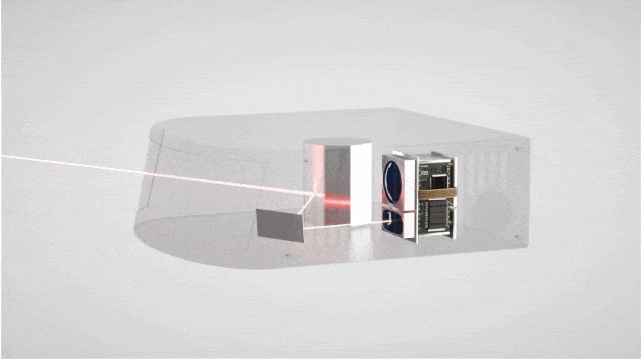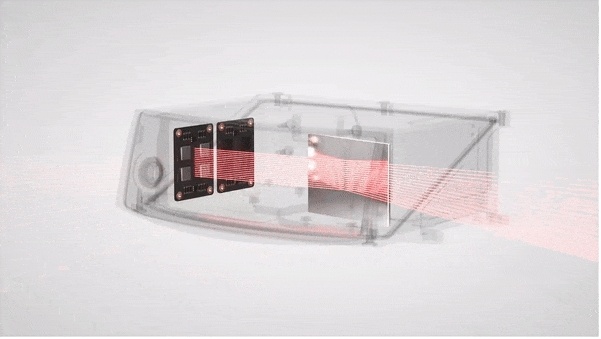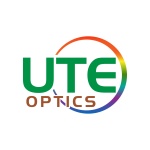Analysis and development trend of automotive radar optical lens technology.
Optical lenses play a key role in autonomous vehicle radar systems, focusing on two major technologies: rotating mirrors and galvanometer mirrors. Importance of optical lenses: Optical lenses are crucial for shaping, focusing, deflecting laser beams, and collecting echo signals, which directly affects the detection range, resolution, and adaptability of radars.
Rotating Mirror: This mature technology uses a rotating polygonal mirror to scan the laser beam.Its advantages include:Mechanical stability: Fewer moving parts, which improves stability when the vehicle vibrates.Automotive certification: Simpler structure and smaller size help pass automotive-grade tests.Cost-effectiveness: Uses easily available glass materials, such as BK7 for 905nm wavelength.However, rotating mirrors have the following disadvantages:High power consumption: Multiple laser emitters (e.g. 128) result in high power consumption (15-20W).Limited scanning patterns: mainly one-dimensional scanning.Noise: High-speed rotation produces significant noise (about 45dB).
MEMS Mirror: This technology uses micromirrors driven by piezoelectric or electromagnetic actuators for two-dimensional scanning. Its advantages include:High precision and flexibility: A single micromirror can achieve complex scanning patterns.Low power consumption: Fewer components lead to lower power consumption (<10W).Low noise: Quieter than rotating mirrors (<35dB).Smart scanning: Supports dynamic region of interest (ROI) scanning.Challenges faced by MEMS micromirrors include:Automotive reliability: Need to withstand high-frequency vibration and shock (50G shock test).Metal fatigue: Durability under long-term high-frequency operation.
905nm: Cost-effective, using traditional glass materials, but due to power restrictions due to human eye safety regulations, the detection range is short (about 200 meters).
1550nm: Allows higher power and longer detection range (about 300 meters), but requires the use of more expensive specialized materials such as calcium fluoride or chalcogenide glass.
Conclusion: Spinning mirrors currently dominate forward radars in mid- to high-end cars due to their maturity and stability. MEMS mirrors have broad prospects in solid-state radars and side radars due to their higher resolution and system advantages. It is expected that the two technologies will coexist to meet different application needs. Continuous innovation in materials, coatings and intelligent systems is driving automotive optical lenses towards higher performance, lower costs and greater environmental adaptability.








